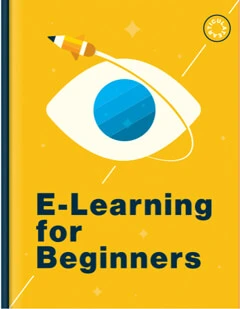Publishing Storyline 3 Courses for xAPI
Article Last Updated
This article applies to:
These FAQs will help you determine when to publish Storyline 3 courses for xAPI (Tin Can API), how to publish, and where to host your published content.
- Should I Publish for xAPI?
- Where Should xAPI Content Be Hosted, in the LMS or an External Server?
- Which Version of xAPI Does Storyline 3 Use?
Should I Publish for xAPI?
If your LMS supports xAPI, you can absolutely publish for xAPI. It's a great option for tracking learners' progress. You'll need to check with your LMS provider to see if xAPI support is available. If your LMS provider doesn't yet support it, we recommend urging them to do so. Our white paper on xAPI implementation provides helpful information for your LMS provider.
Where Should xAPI Content Be Hosted, in the LMS or an External Server?
Since Storyline 3 publishes HTML5-only content, the location of the published output won't matter. You can host it on the same server as your LMS or a separate server. If you host content on a separate server, you'll need to modify the Launch URL when publishing. Here's how:
- In Storyline, go to the Home tab on the ribbon and click Publish.
- Select the LMS option on the left edge of the publishing window.
- From the LMS drop-down list at the bottom of the window, select xAPI.
- Click the Reporting and Tracking button.
- In the Launch URL field, type the full URL for the
index_lms.htmlfile where it'll be hosted on the external server. Note: The Identifier is a unique string of characters assigned by Storyline that your LMS uses to identify your course. If you need to change this value, avoid special characters and spaces.
Note: The Identifier is a unique string of characters assigned by Storyline that your LMS uses to identify your course. If you need to change this value, avoid special characters and spaces. - Click OK and complete the publishing process.
- Zip the published output.
- Upload the zipped version of the published content to your LMS.
- Upload the unzipped version to your external server.
Which Version of xAPI Does Storyline 3 Use?
Storyline 3 publishes content to xAPI version 1.0.2.


